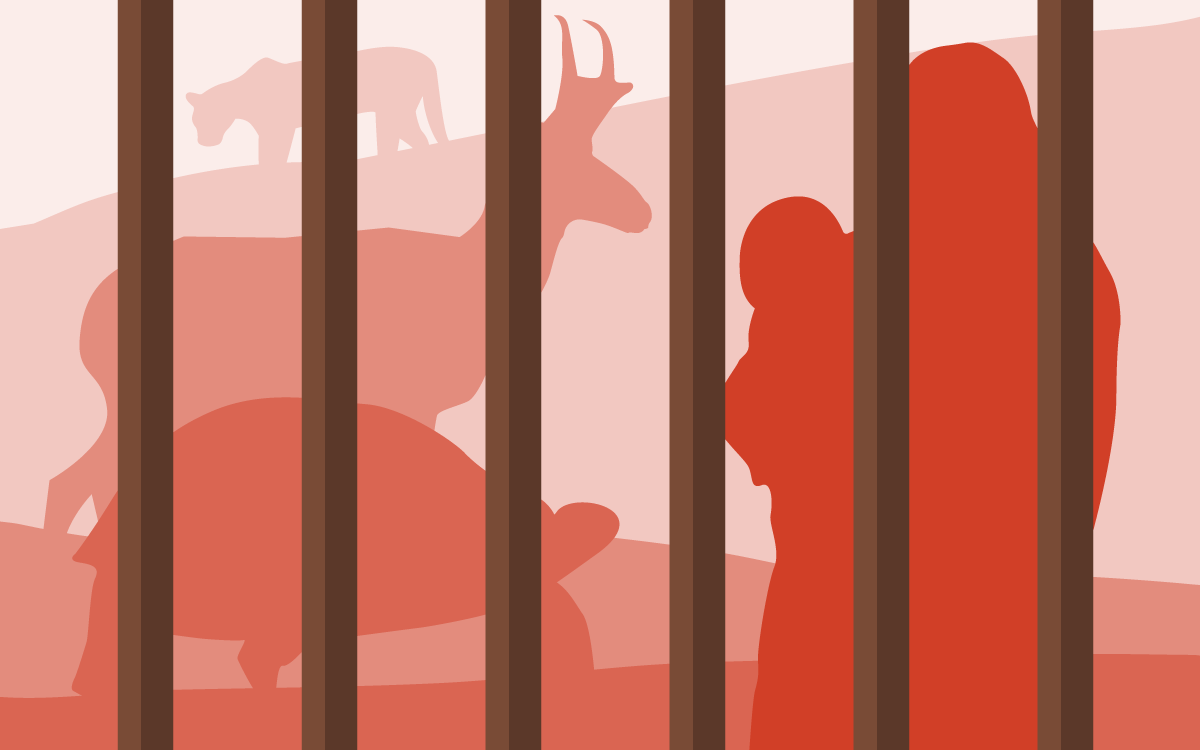Every time I write about social justice, I hear from a few folks: What does this have to do with the Sierra Club? Aren't we straying from our environmental mission when we oppose the border wall or show up for immigrant rights?
But the struggles to protect the environment and our communities can’t be separated. Remember the rallying cry of the first People’s Climate March? “To change everything, it takes everyone.” When we treat concerns about racial, immigrant, or gender justice as afterthoughts in our quest to explore, enjoy, and protect the planet, we lose a lot of people. But when we acknowledge that these issues are deeply connected, we can build a bigger, more powerful movement.
When it comes to climate change, the connections between social justice and environmental issues are obvious. Confronting the climate crisis demands that we change our society in profound and far-reaching ways. We can’t keep sacrificing people and places to create prosperity for the few. Instead, we have to build a new economy that prioritizes people over profit.
Change is coming, whether we like it or not. What is up to us is whether our response to the climate crisis changes society for the better or for the worse.
Next November the US will face a turning point. Will we double down on the climate denial and bigotry coming out of the White House? Or will we choose a just transition to a green economy that prioritizes people and health above corporate profits?
We’re at a similar turning point with the climate crisis. Our choice is between climate justice and what Naomi Klein and others have called "climate barbarism.” Will the nations most responsible for the climate crisis close their borders and turn away climate refugees searching for safety? Or will we build a more humane society and weather the storm together?
We’ve already seen climate barbarism gain acceptance in the political margins. Rightwing ideologues on YouTube and Twitter are using the climate crisis to fan the flames of xenophobia, nationalism, and white supremacy, with horrific results. They have inspired mass murderers in El Paso, Texas, and Christchurch, New Zealand. But that’s only the most extreme and visible version of this ideology.
This kind of thinking has found its way into the political mainstream as well. In the late 1990s, anti-immigration activists attempted to take over the Sierra Club’s board. They wanted to “protect” the environment from people immigrating to the US.
Twenty years later, climate refugees are being demonized by a similar mix of xenophobia and phony environmentalism. Instead of cracking down on the corporations causing climate change, the Trump administration is targeting those forced to leave their homes by violence and climate-driven drought and famine. Climate refugees at the US border have had their children stolen and their rights trampled. Indefensible barbarism has become federal policy.
Today the Sierra Club’s goal isn’t just to end climate change but to achieve climate justice. We support immigrant communities and a path to citizenship for all. We’ve launched litigation with the ACLU to stop Trump’s border wall, standing up for border communities and ecosystems. We’ve organized for the DREAM Act. And we’re working to change corporate trade policies that contribute to forced migration and environmental injustice.
So when bigots invoke “concern for the environment” as a reason to exclude immigrants from our communities -- we push back. Because if we don’t push back against their dangerous and hateful ideology, it will only grow.
As more people awaken to the reality of the climate crisis and what it means for their own lives, our challenge will be to offer them hope and a way to create positive change. If we don’t, many will fall into despair and inaction. Or worse, turn to hatred and xenophobia.
We can’t build a wall to keep out climate change. But we can work toward a world where everyone, in every community, can feel safe -- with access to family-sustaining jobs, affordable health care, clean air and water, and a stable climate.
